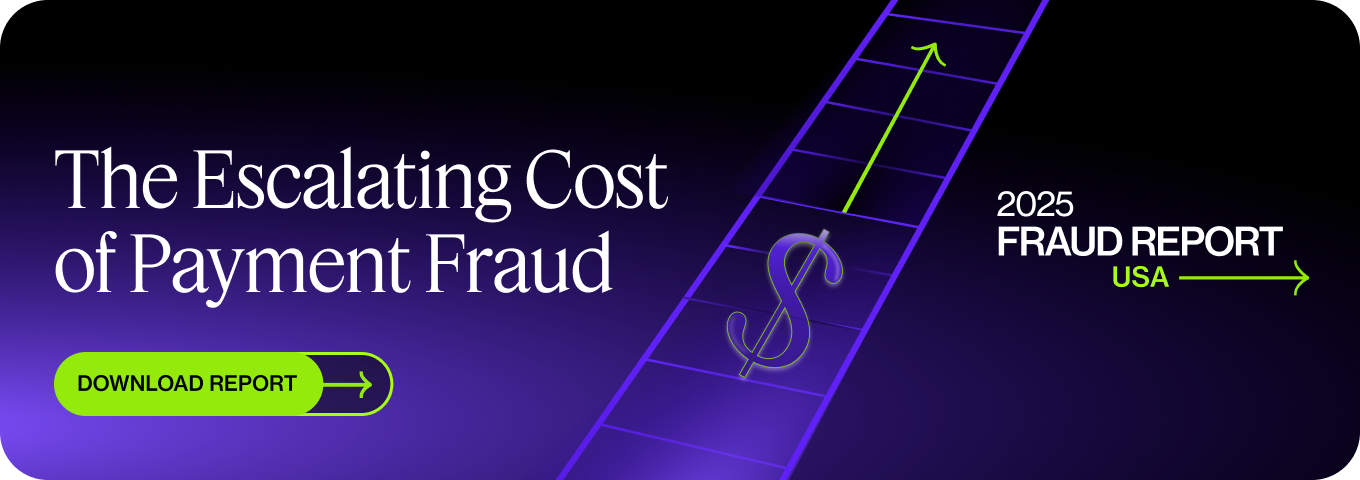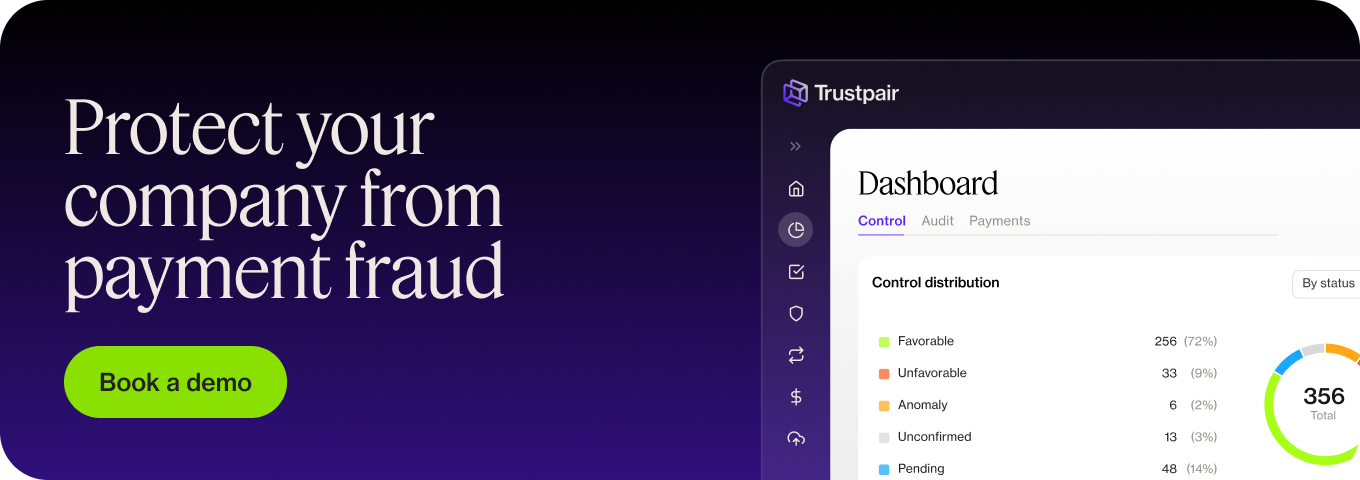It is well established that all companies are at risk of fraud. Occupational fraud, also known as internal fraud, occurs when an employee acting alone or with others deliberately steal or misuse employers’ money or assets. Understanding the psychology and circumstances behind internal fraud gives organizations a greater appreciation of where their weaknesses might lie and how to combat them. That’s where the fraud triangle comes in handy! Read on for more explanations in this article.
Download our latest fraud report to learn how to fight all types of fraud in your business!
What is the fraud triangle theory?
The ‘fraud triangle’ theory was initially proposed in 1953, in a paper called Other People’s Money: a study in the social psychology of embezzlement by Dr Donald Cressey. Cressey was a criminologist who interviewed 133 convicted embezzlers while they were still in prison. He found the great majority had not been exposed to predominantly criminal environments. His research concluded that three elements needed to be present for white-collar crime to be committed. This model is widely used today.
The three factors that Cressey identified were opportunity, pressure, and rationalization. The theory has been updated and expanded upon over the years, but the original fraud triangle hypothesis remains relevant today.
The three sides of the fraud triangle theory
Pressure/incentive
Pressure, or incentive, to commit fraud can come from personal problems or outside influences. Employees with gambling, alcohol, drug, or other addictions may need money that they just do not have.
A fraud triangle pressure example is debts or high tax payments that can lead people to steal or misuse assets. Some may see an opportunity to fool others into thinking they have more than they really do because they care about perceived status and wealth.
Individuals may fear they may not meet company targets and could lose their job or miss a promotion. This can lead to pressure to falsify sales or accounts. For example, the pressure of reaching unrealistic targets was blamed for the Wells Fargo fraud scandal. Employees may also be at risk of corruption or bribery from outside sources.
According to the theory, for individuals to commit fraud they must believe that their problems cannot be solved legally or that talking to others would help.
Opportunity
A person who is prepared to commit fraud must perceive that they can do so without getting caught. This is likely to be due to their belief that they can exploit a position of trust, or because they do not believe that internal controls will pick up any discrepancies. Lack of supervision or properly documented processes can make it easier to commit fraud, as can poor accounting policies.
Company culture is particularly relevant. The paper The Fraud Triangle revisited (Schuchter & Levi, 2016), suggested that “all Fraud Triangle elements are highly influenced by the corporate culture in their companies”. If company culture and values do not embrace ethics, integrity, and honesty, employees are less likely to feel that they should.
Rationalization
An individual will rationalize their actions before committing fraud with reasoning such as they were ‘only borrowing’ and intended to pay back the money they have stolen. A fraud triangle rationalization example is employees who feel that they have been poorly treated by top management and deserve more, making it acceptable to take it for themselves. They may be afraid of repercussions for not reaching targets, such as losing their job.
Rationalization is basically how they justify their motivation and acts.
Remove elements from the fraud risk triangle to protect your company
If one or more elements of the fraud triangle are not present, the risks of fraud are significantly lowered. It makes sense that organizations should monitor all these elements with the aim of making it as difficult as possible for fraud to take place.
- Reduce pressure and know your employees
Make sure company targets are realistic and achievable to reduce the risk of accounting fraud. New employees should be screened to detect previous fraudulent behavior. Perceived poor treatment by a company can put a person at risk. If employees feel they can talk about financial or personal issues they will not feel that the only way out is to solve the problem themselves.
- Reduce opportunity with internal controls and software
Organizations need robust processes to prevent those with access to funds from acting unilaterally. Internal control measures should be implemented or reinforced. Duties should be segregated so that checks and balances are automatically performed to highlight discrepancies in accounting or reporting, for example.
The right software will help prevent, monitor, and detect occupational fraud. Trustpair’s systems run automatic checks of payment files and detect suspicious behavior. They will improve the quality and safety of third-party data and increase security, particularly for procure-to-pay systems.
- Reduce the opportunities for rationalization
Company culture needs to promote openness and ethical behavior. A clear fraud detection plan should make sure processes are in place to deter and detect it. All employees should receive regular training on avoiding and detecting fraud and should feel able to report it.
Prevention is better than the cure and our software assists with reducing your risk of fraud. Please contact us to find out how we can help you and to request a demo today.
Key Takeaways:
- The fraud triangle is a model that considers the psychology behind internal fraud
- Prevention and early detection are key to avoiding financial loss from fraud: businesses need to have strict internal control safeguards.
- Trustpair software will give extra security and peace of mind by removing all possible opportunities for an individual to commit fraud.






